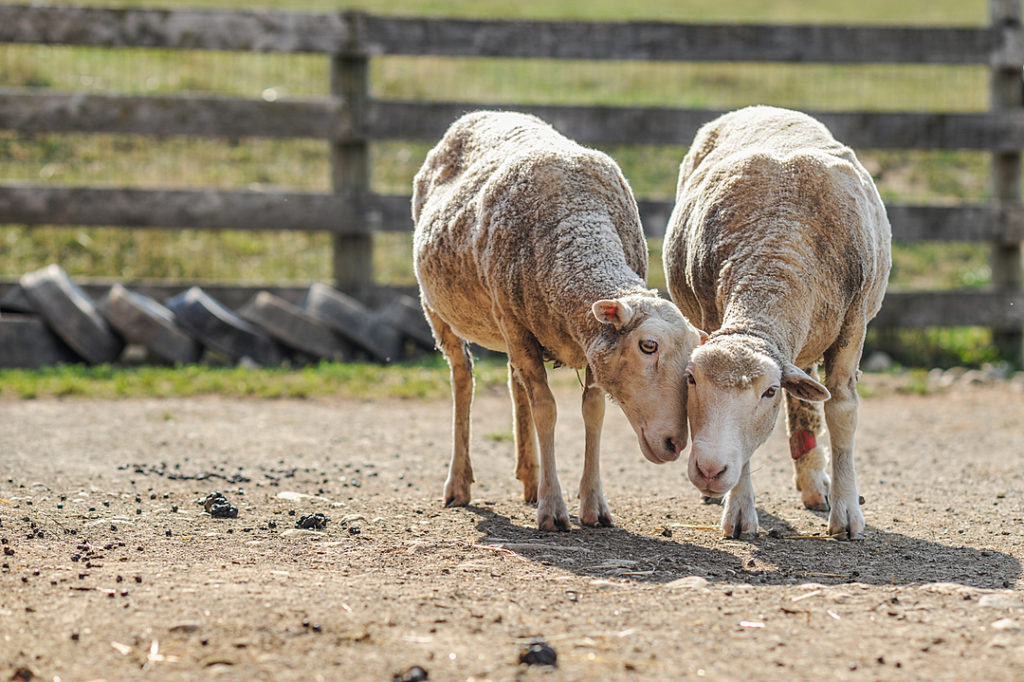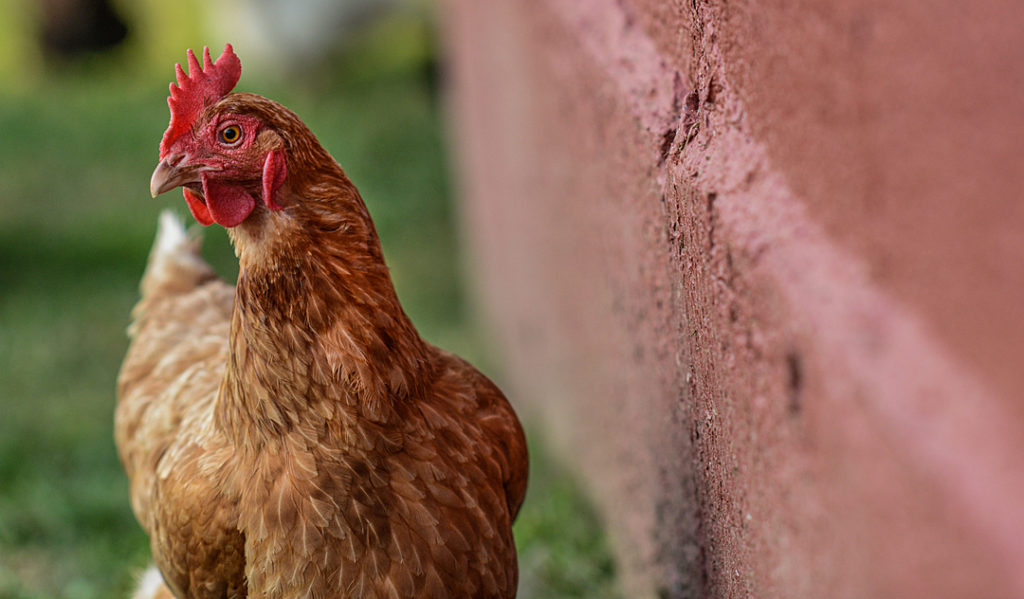
This resource has been fully reviewed and updatedA member of The Open Sanctuary Project’s staff has given this resource a full review and provided updates where necessary. by a member of The Open Sanctuary Project team as of June 28, 2022.
One of the most critical policies that separates an animal sanctuary from other organizations that are centered around animals is a sanctuary’s commitment to non-exploitation. The most immediate indication of an organization’s commitment to non-exploitation is straightforward: Does the organization attempt to avoid causing harm against residents and other members of their species, either intentionally or unintentionally and directly or indirectly, to the greatest extent possible?
HarmThe infliction of mental, emotional, and/or physical pain, suffering, or loss. Harm can occur intentionally or unintentionally and directly or indirectly. Someone can intentionally cause direct harm (e.g., punitively cutting a sheep's skin while shearing them) or unintentionally cause direct harm (e.g., your hand slips while shearing a sheep, causing an accidental wound on their skin). Likewise, someone can intentionally cause indirect harm (e.g., selling socks made from a sanctuary resident's wool and encouraging folks who purchase them to buy more products made from the wool of farmed sheep) or unintentionally cause indirect harm (e.g., selling socks made from a sanctuary resident's wool, which inadvertently perpetuates the idea that it is ok to commodify sheep for their wool). is the infliction of mental, emotional, and/or physical pain, suffering, or loss onto someone else. When one considers harm committed against animals, they may immediately think of practices that The Open Sanctuary Project refers to as direct harm that is committed intentionally. However, it’s important for sanctuaries to be aware that harm can occur intentionally or unintentionally and directly or indirectly. Though unintentional and indirect harm are categories of harm that may be a bit more complex to immediately bring to mind, they are harm nonetheless.
Intentional Direct Harm
Intentionally causing direct harm includes actions such as abusing, injuring, poisoning, or even killing animals, but can also include neglectful actions such as not providing safe food, water, or supplementation, not keeping animal habitats clean, allowing animals to become injured or ill from preventable diseases, or not providing residents with adequate space on purpose. Intentional direct harm is typically easy to identify because the consequences can be seen firsthand in the individuals being harmed. For example, punitively cutting a sheep’s skin while shearing them is intentionally causing direct harm.
Unintentional Direct Harm
Unintentionally causing direct harm includes actions such as injuring, causing illness or stress, poisoning, or even killing animals by accident through slips and falls, medical malpractice, mistakes, inattention, oversight, inexperience, exhaustion, and burn out. Unintentional direct harm is also typically easy to identify because the consequences can be seen firsthand in the individuals being harmed. For example, your hand may slip while shearing a sheep, causing an accidental but direct wound on their skin.
Intentional Indirect Harm

Intentional indirect harm adversely affects members of a resident’s species beyond the boundaries of a sanctuary. It is typically caused by advocating for harmful practices, or promoting the use of animals or what comes from them. This often happens at well-meaning organizations in the form of suggesting that there are “humane” exceptions to exploitative practices, given the right circumstances or conditions. This could include actions or policies such as:
- Advocating for or suggesting that horse riding is a natural and necessary part of caring for horses
- Advocating for, selling, or giving away eggs from chickens if they’re granted specific living conditions
- Advocating for, selling, or giving away fiber from residents if they’re granted specific living conditions
- Advocating for, selling, or giving away milk from cowsWhile "cows" can be defined to refer exclusively to female cattle, at The Open Sanctuary Project we refer to domesticated cattle of all ages and sexes as "cows." if they’re granted specific living conditions
Unintentional Indirect Harm
Unintentional indirect harm also adversely affects members of a resident’s species beyond the boundaries of a sanctuary. It is typically caused by inadvertently perpetuating the idea that it is ok to commodify animals for their bodies and/or body parts. For example, a sanctuary that sells socks made from a sanctuary resident’s wool, but does not explicitly encourage folks to buy more products made from wool of farmed sheep outside of the sanctuary setting, is still sending the message to consumers that it is ok to commodify sheep for their wool.
The Problem With Promoting Indirectly Harmful Practices

While these practices may sometimes seem innocuous, or like a “lesser” form of exploitation, they carry significant cost to animals outside of the sanctuary. When a sanctuary promotes the use of animals or their products for human benefit, either intentionally or unintentionally, it perpetuates the belief that an animal’s value comes from what they can provide for humans.
Indirect harm can also perpetuate the belief that there is no cost to an animal or species being exploited as long as they are treated kindly, which ignores the inherent harm that human breeding has inflicted upon many species (like many breeds of chickens and sheep). While wool must be shorn regardless in many sheep breeds for their health and comfort, and “layer” chickens will typically lay eggs unless implanted, a sanctuary has the responsibility to not distribute what comes from animals to humans because doing so amplifies the message that there is a reasonable justification for the health challenges that these animals must contend with for their whole lives.
We understand that it can be challenging to garner support for an animal sanctuary, and that some of these actions may seem like an innocuous enough tradeoff in order to increase a sanctuary’s appeal to some visitors, but to view a resident’s inherent value in transactional terms, even indirectly or unintentionally, a farmed animal sanctuary risks becoming a farm.
For alternative, harm-free ways to fundraise for your animal sanctuary, check out our resource here!








